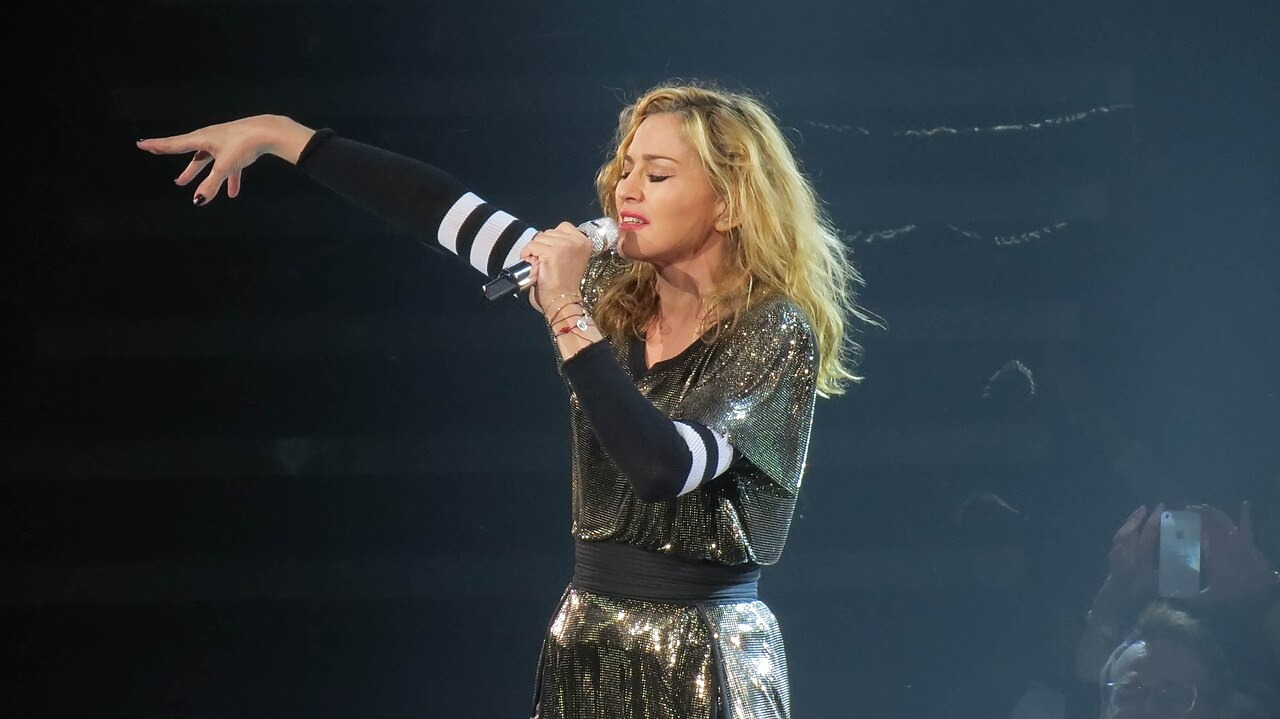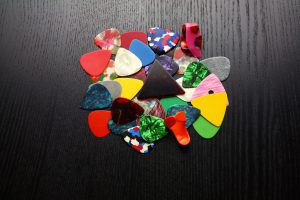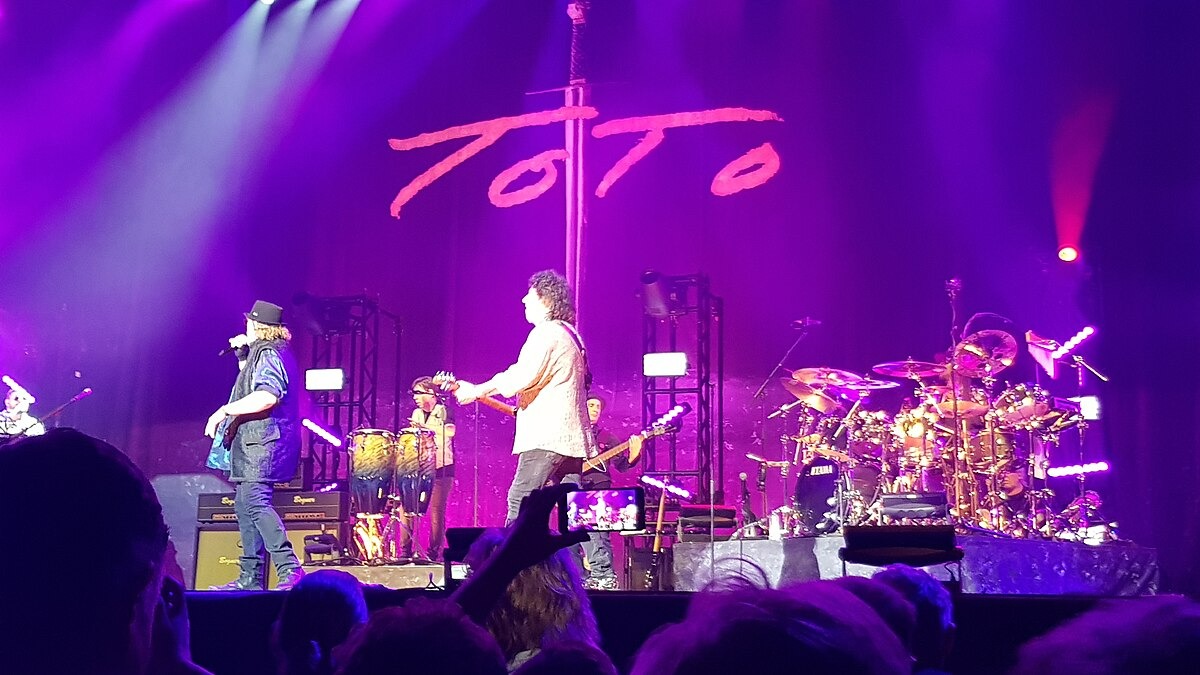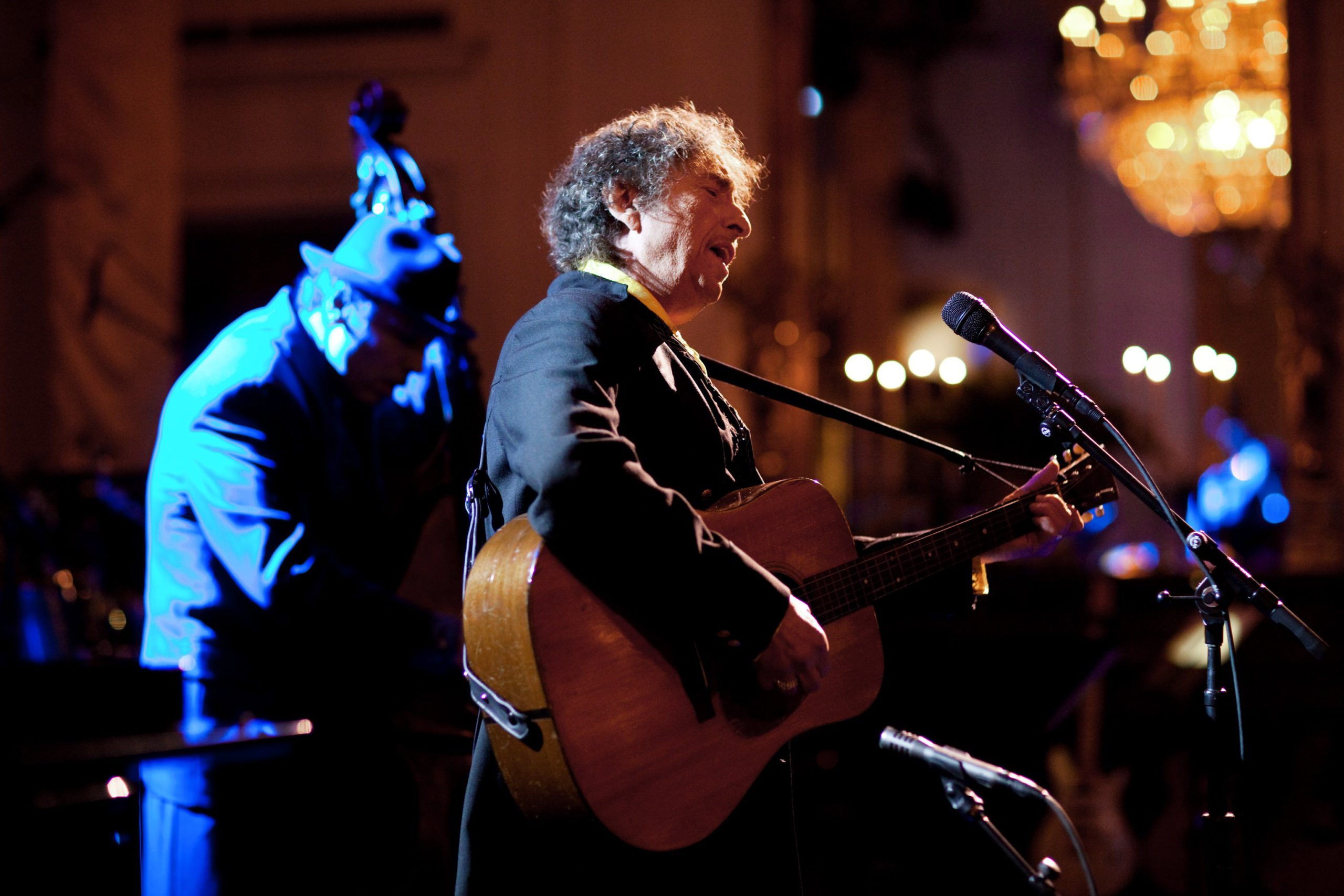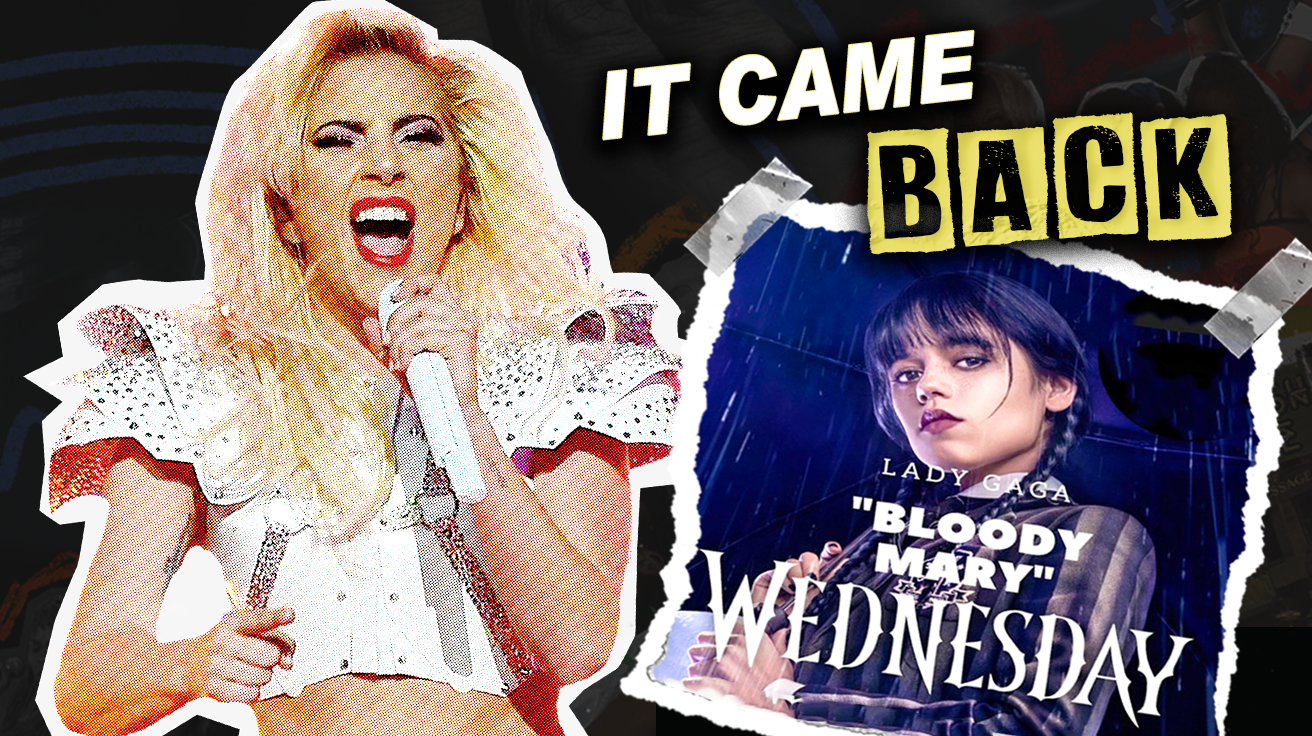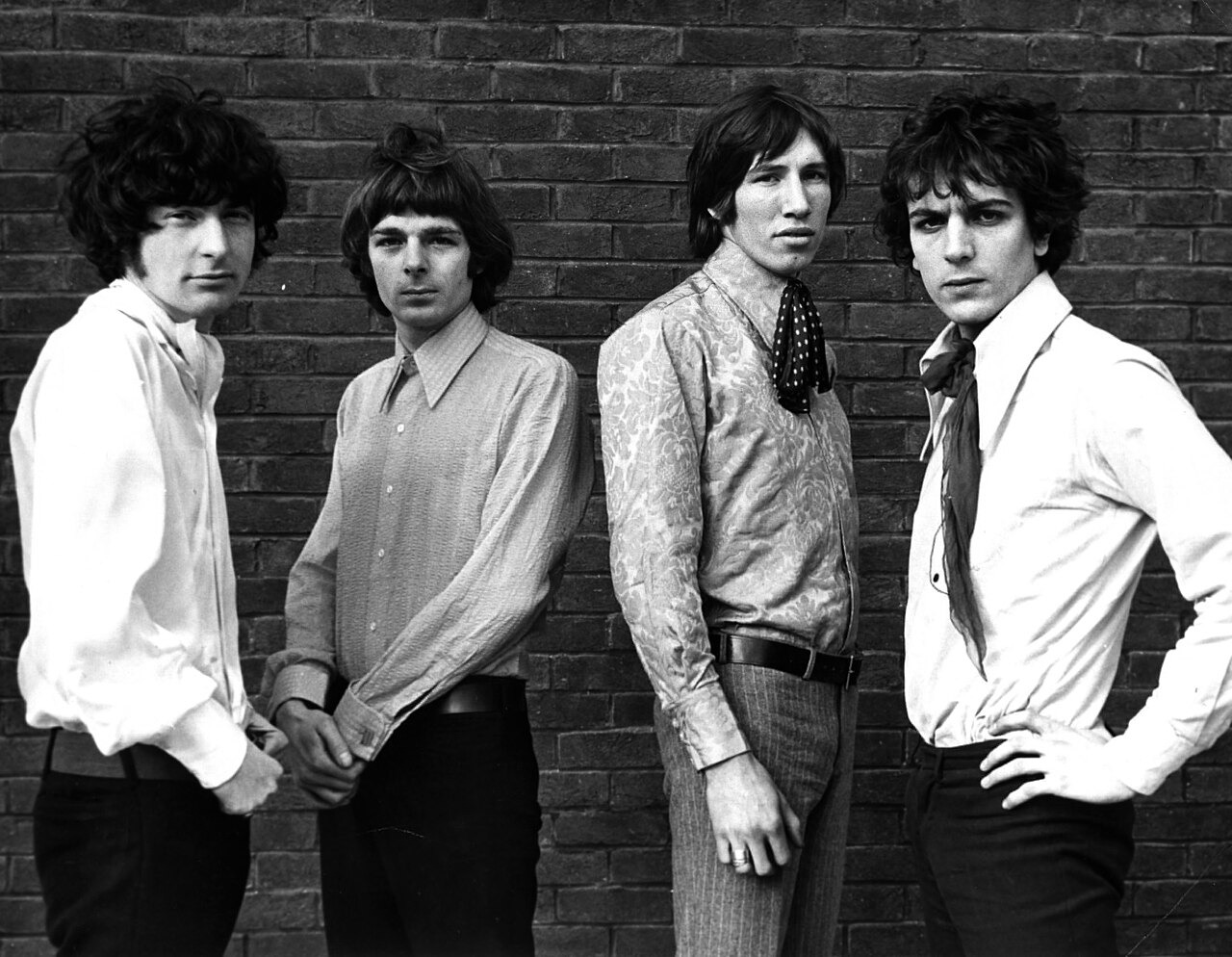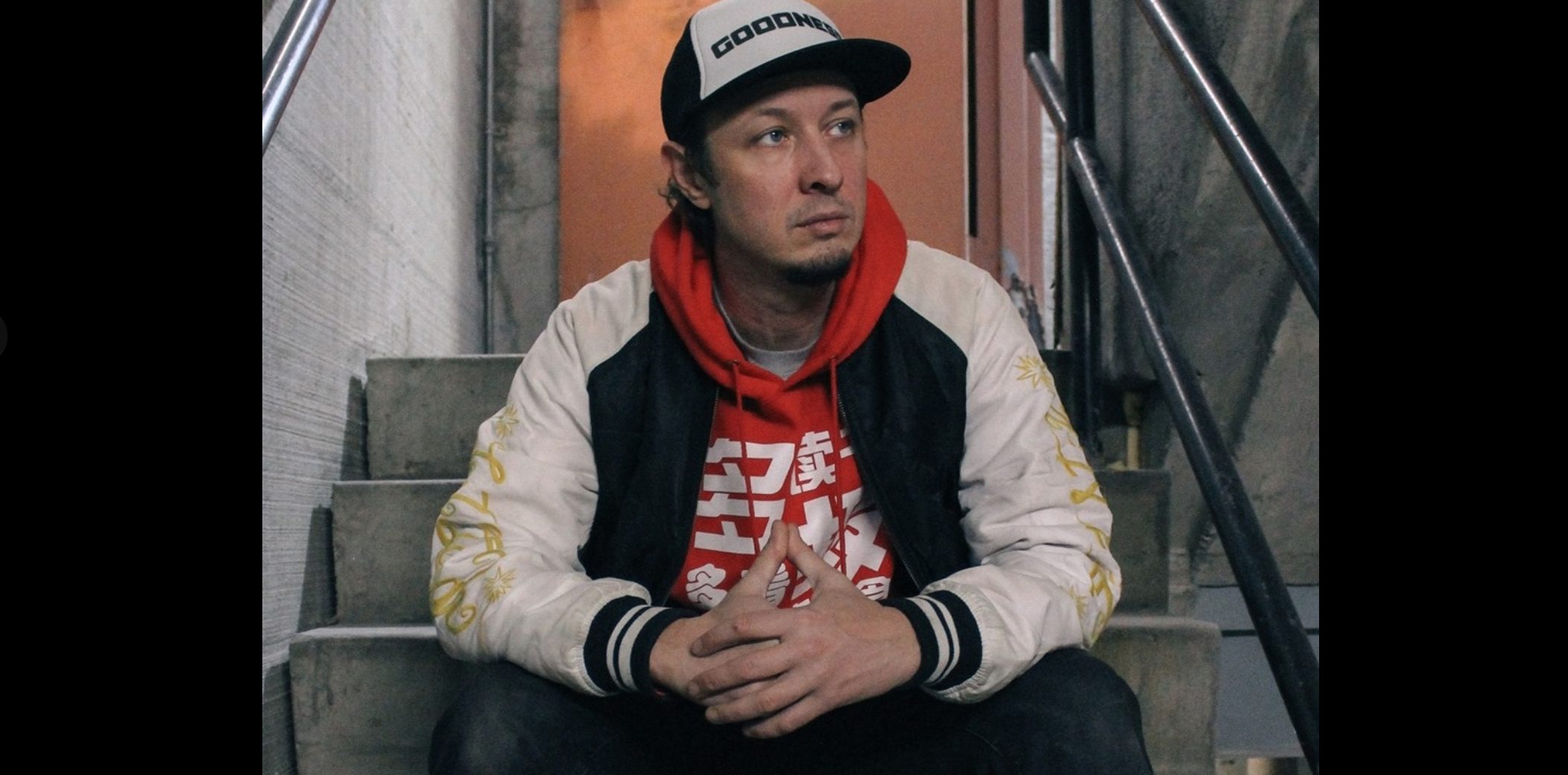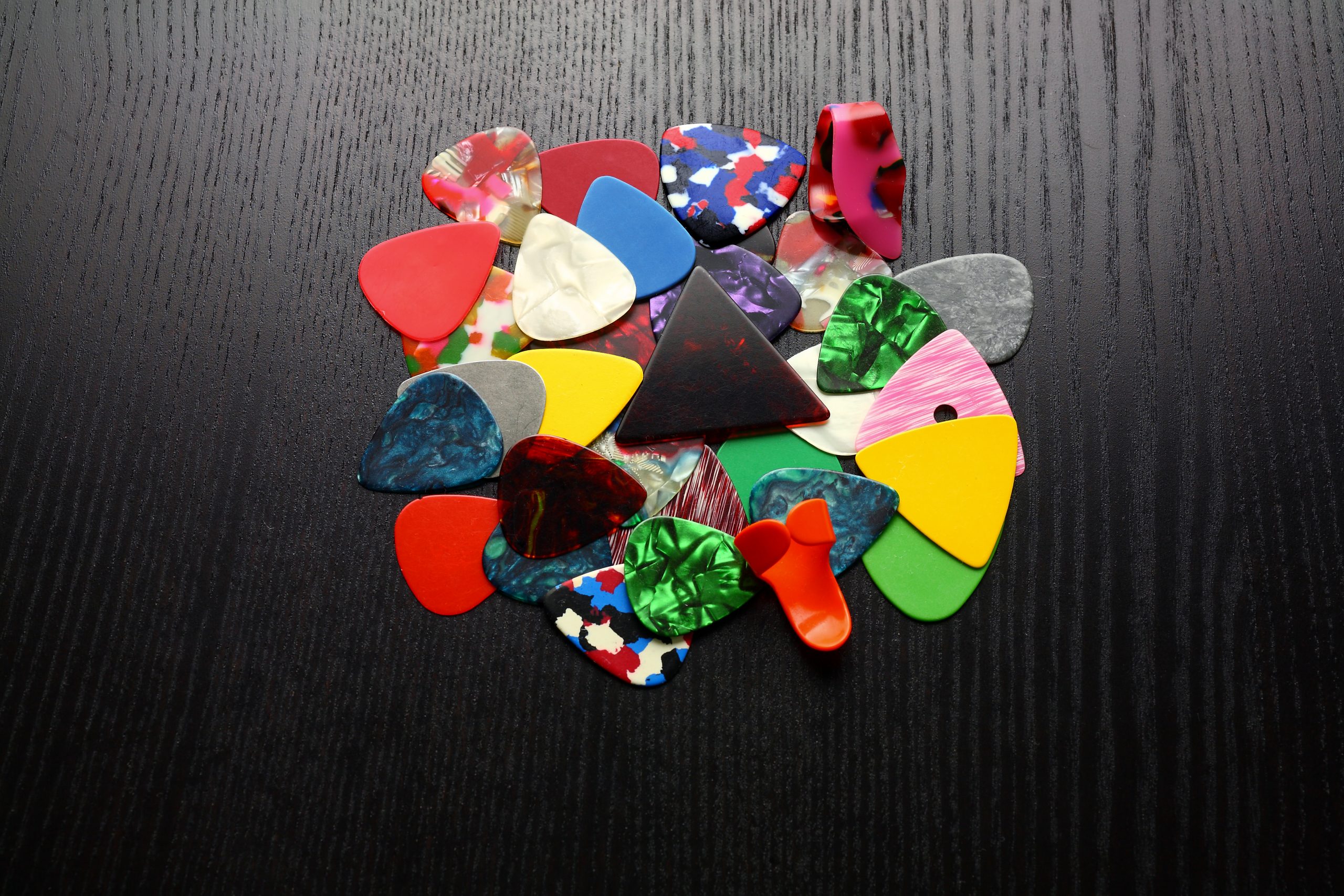Long before Instagram influencers mastered the art of strategic self-presentation, female musicians were already rewriting the rules of image control on one of the most unlikely stages imaginable: Playboy magazine. These weren’t desperate grabs for attention or industry exploitation—they were calculated power moves that anticipated today’s personal branding culture by decades. Artists like Dolly Parton, Madonna, and Nancy Sinatra transformed what could have been male-gaze objectification into platforms for reinvention, defiance, and career strategy.
The Dolly Parton Blueprint
Country music’s crossover queen proved that boundaries could be both respected and profitable.
Dolly Parton’s 1978 Playboy cover created the blueprint for this phenomenon. Sporting bunny ears and a black corset but refusing nudity, she became the first country star to grace the magazine while maintaining complete control over her image. Parton never intended nudity and sought to maintain control over both the imagery and the intended message, especially considering her religious fanbase. The timing proved genius: shortly after, she starred in “9 to 5” and hit number one with its theme song. That Playboy cover wasn’t scandal—it was crossover marketing disguised as controversy.
A Pattern of Strategic Rebellion
From pop provocateurs to punk pioneers, each artist rewrote the rules on her own terms.
The pattern repeated across genres with stunning consistency. Madonna turned the unearthing of her early nude photos into a defiant statement on female sexuality, redirecting scandal into career fuel. Nancy Sinatra’s 1995 appearance at 54 challenged ageism and industry sell-by dates. Courtney Love’s raw 1995 cover confronted vulnerability and survival while Mariah Carey’s fully-clothed 2007 feature served as high-glamour survival narrative. Each artist used the platform differently but strategically, seizing control of narratives that previous generations of female musicians never had the opportunity to shape. Many other careers have shown what happens when such control is lost.
The Modern Legacy
Today’s social media stars are following a playbook these pioneers wrote decades ago.
Today’s artists obsess over Instagram aesthetics and TikTok personas, but they’re following a playbook these pioneers wrote decades ago. The enduring appeal of these images—Parton’s official merchandise still features her bunny outfit—proves their lasting cultural currency. These women didn’t just pose for pictures; they authored their own stories about desire, power, and artistic identity while successfully navigating the dangers of fame. Your favorite pop star’s carefully curated social media presence owes more to Dolly’s bunny ears than you might think.


